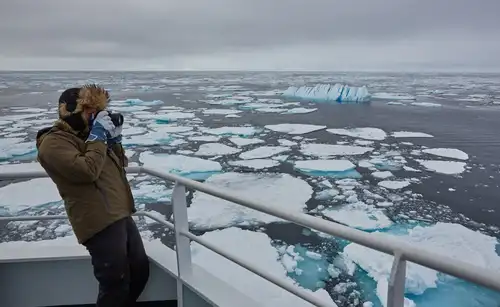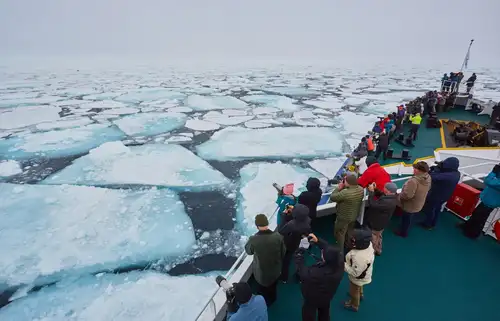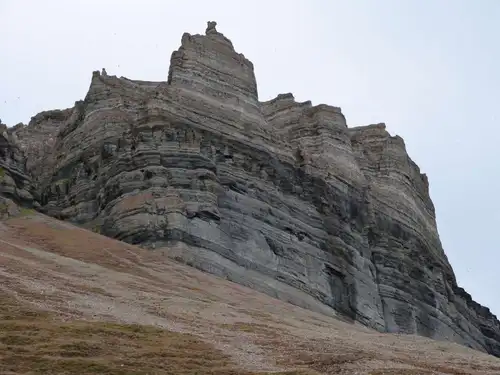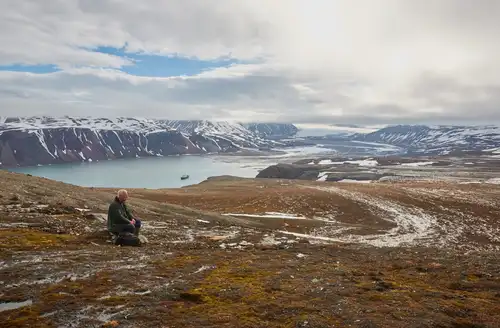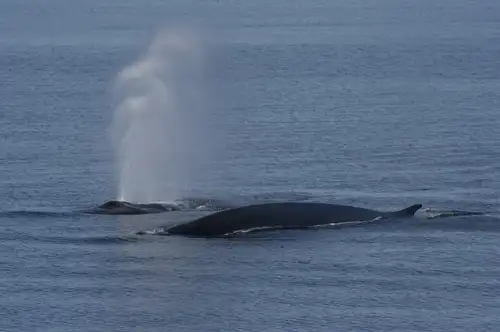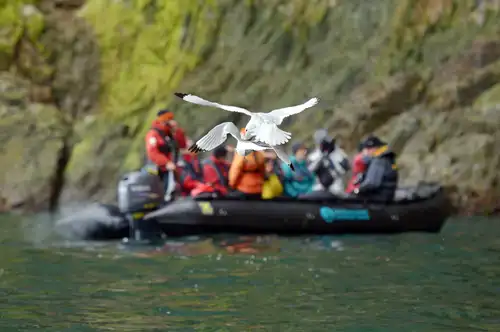Svalbard is situated in the north-western corner of the Eurasian plate. Historically, Svalbard was part of a vast continent that included North America, Greenland, and Eurasia. At one point, both Northeast Greenland and Svalbard were submerged under the ocean before resurfacing.
This unique geological history makes Svalbard a paradise for geologists. It is one of the few places globally with such geological diversity within a relatively small area. Despite most of the archipelago being covered in glaciers, Svalbard offers easily accessible geological sections that represent much of Earth’s history, allowing scientists to study both past geological events and current geological processes.
Three Main Geological Periods in Svalbard
Scientists have identified three main geological divisions in Svalbard:
- The basement comprises the oldest materials on the island, formed during Precambrian to Silurian times (from 4.6 billion years ago to 443.8 million years ago). This includes igneous and metamorphic rocks that have been folded and altered over time.
- Unaltered sedimentary rocks formed from the Late Palaeozoic to Cenozoic times, a period during which life rapidly evolved on Earth, from arthropods and amphibians to the extinction of dinosaurs and the rise of mammals and humans.
- Unconsolidated deposits from the Quaternary period, associated with the last ice age.
The Basement of Svalbard
The basement of Svalbard consists of rocks from the earliest stages of Earth’s history. These rocks show periods of folding and metamorphism during the major mountain-building period around 400 million years ago. Due to weathering and erosion, only remnants of these rocks can be found today, mainly along the west coast and the northern part of Spitsbergen, as well as on Prins Karls Forland and Nordaustlandet.
The areas where these rocks are found are primarily alpine landscapes with jagged mountains. In the southern part of Spitsbergen, the basement consists of phyllite, quartzite, limestone, dolostone, and conglomerate, with minor traces of volcanic rocks. Tillite, which comes from deposits from glaciers that covered Svalbard around 600 million years ago, is also found. Beneath the tillites are beds of limestone containing stromatolites, small fossilized algae colonies.
In the northwestern part of Spitsbergen, the most common rocks are shale, limestone, dolostone, and tillite. Additionally, granite dated around 411 million years old is found there.

The Sedimentary Period
During the sedimentary period, erosion of the mountain chain began, leading to large quantities of sand, gravel, and mud being deposited on alluvial plains and in the sea. Later, new deposits were added, eventually resulting in limestone. Around 40 million years ago, sandstone-shale deposits were laid down.
Geologists find it interesting that these depositions indicate a period of dry, desert-like climatic conditions followed by fresh or brackish water, lagoons, and rivers. During this period, known as the Devonian period or the Age of Fishes, primitive fish swam in waterways and the sea.
The first known vertebrates were found in Svalbard. Concurrently, the first terrestrial plants evolved, with fossils of plant spores that grew in river plains and shallow lakes found in Svalbard.
Dinosaurs Roaming the Land
Later, Earth entered the Triassic and Jurassic periods, with geologists finding evidence of a temperate and rather damp climate in Svalbard. While most of Svalbard was covered by the sea, periods of uplift resulted in alternating marine and terrestrial sedimentation. During this period, often called the Age of Reptiles, swan-necked reptile species lived in the sea while dinosaurs roamed the land.
Following this geological timeline was the Cretaceous period, known for significant volcanic activity and faulting. Magma rose to the surface through fractures and bedding surfaces. On Kong Karls Land, magma forced its way to the surface and solidified as dark basalt lava.
New Mountain Ranges Form
In the Early Tertiary period, a new mountain range formed along the west coast of Spitsbergen, though much smaller than the older Caledonian mountain belt that had formed 470-400 million years ago when the North American plate (Laurentia) collided with the North European plate (Baltica). This collision resulted in continental crust on both sides being compressed and folded, with large sheets of rock thrust on top of one another. Remnants of this mountain chain are still present in Svalbard today, as well as in mainland Norway, Scotland, and East Greenland. During this period, rocks of all ages were folded, and large sheets of rocks were thrust eastwards.
Remnants of Past Mountain-Building
Today, geologists can see thrust sheets in many mountain sides in Wedel Jarlsberg Land and Oscar II Land. Geologists speculate that these movements could have been due to the Greenlandic continental plate pressing towards Svalbard as Svalbard slid past the northern part of Greenland. Concurrently, the North Atlantic and Arctic Ocean were being formed by seafloor spreading.
Just east of the new mountain range, the land subsided and formed a large north-south trending bay. In this area, sandstones and shale were deposited in what is called the Central Tertiary Basin. Deposits found in this basin include numerous plant fossils and coal deposits. At the same time, a new volcanic phase occurred in the North Atlantic region, with lava flows from this time preserved in Andrée Land, forming hard caps on some of the highest peaks in the region.
Entering the Ice Age
At the start of the Quaternary period, the climate began to cool, leading Earth into a new Ice Age. During this time, large parts of North America and Northern Europe were covered in thick ice sheets. Svalbard was also covered by a vast ice sheet. Between each warming period, lasting from 10,000 to 20,000 years, there was vegetation similar to the present type. Scientists believe that between 20 to 30 ice ages, each with warmer interglacial periods, have occurred over the last two to three million years. While there are traces of past glaciation periods in Svalbard, the most recent glaciation removed most of the earlier deposits.
Completely Covered in Ice
During the Ice Age, Svalbard was entirely covered, except for a few mountain peaks, by a vast ice sheet. The sheet was thickest near Kong Karls Land in the eastern part of Svalbard. Due to the enormous weight of the ice sheet, the land mass of Svalbard was pushed down, forming depressions where the ice was thickest. As temperatures began to rise and the ice started to melt, the land rose again. In fact, Kong Karls Land has risen around 130 meters relative to sea level since the end of the Ice Age about 10,000 years ago. An interesting discovery was made when scientists found ancient pollen suggesting that the climate during some periods after the last Ice Age was milder compared to today.
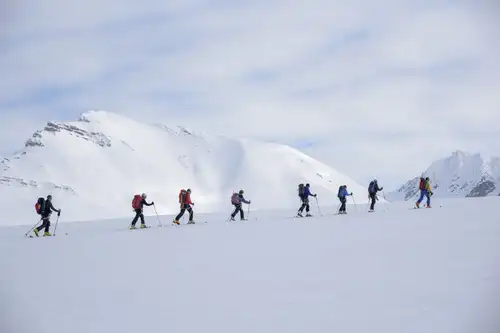
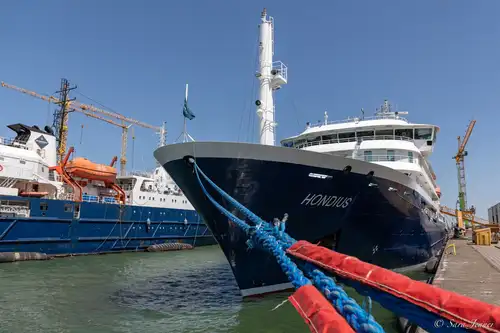
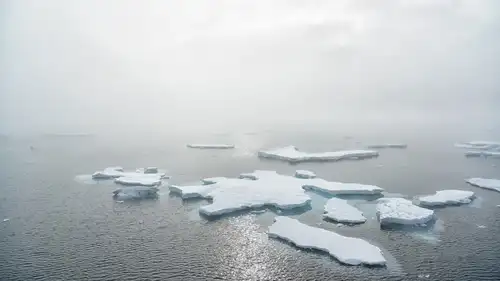

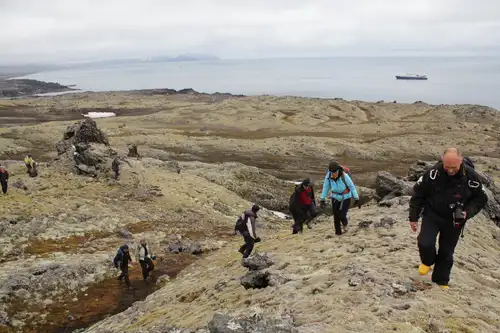
Related Trips
Blog


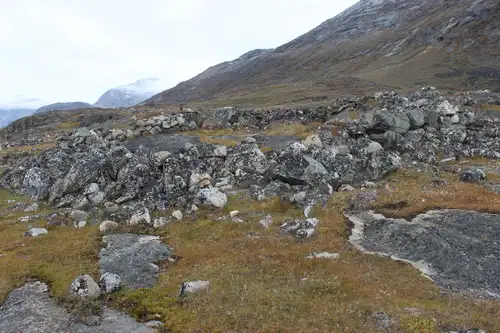
The Norse Settlement of Greenland
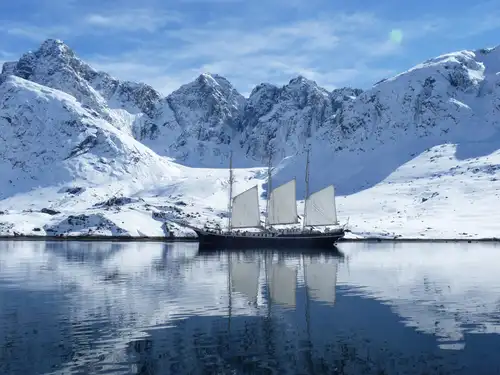
Why You Should Visit Greenland: 11 Things to See, Do, and Explore
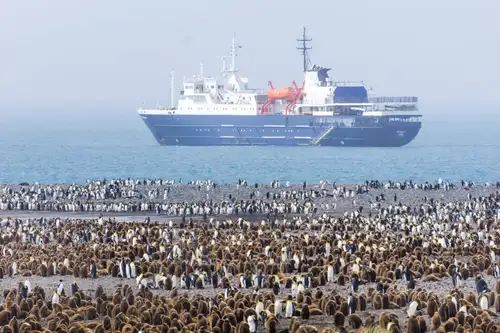
Three Antarctica Cruise Deals
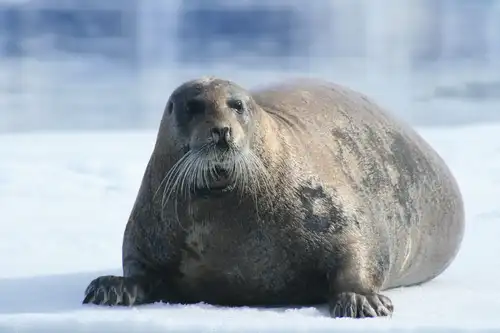
Arctic Seals
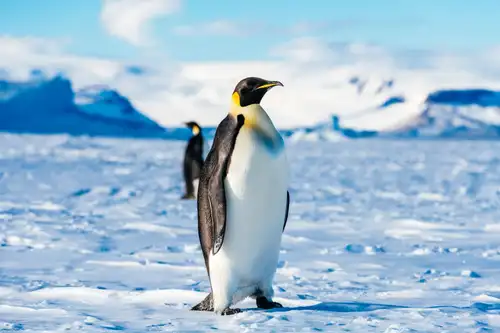
Penguins, Petrels, and Prions: Top Antarctica Bird Tour Spots
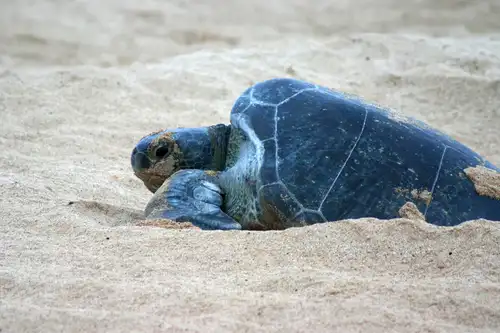
Going Green: Ascension Island Sea Turtles
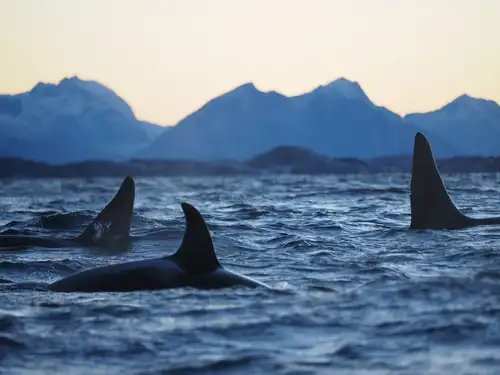
Orcas of the Polar Seas
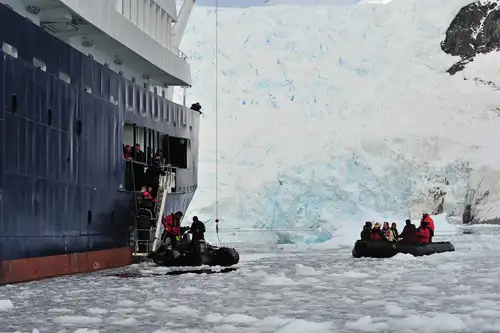
Seven Sublime Antarctic Bays
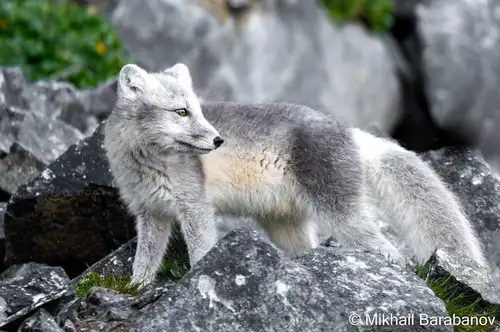
The Small Mammals of the Arctic and Antarctica
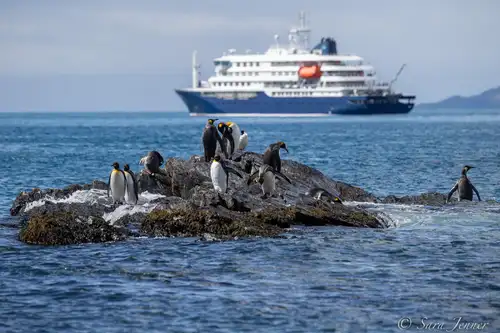
Weddell Sea, Shackleton’s Endurance, and New Swabia
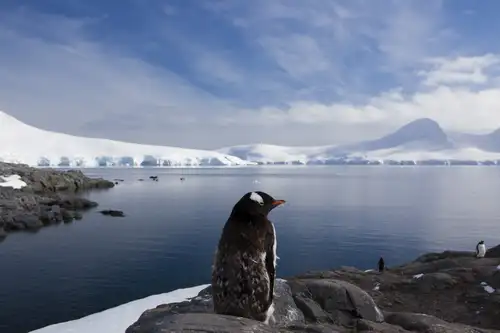
Guidelines for visitors to Antarctica
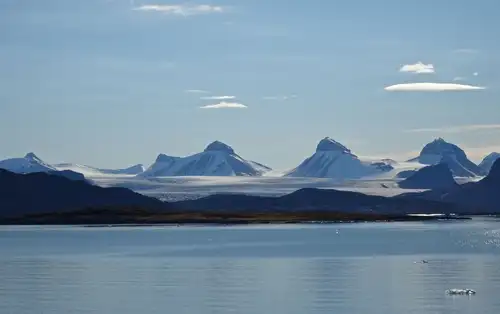
The Arctic Borderland of Kongsfjorden, Svalbard
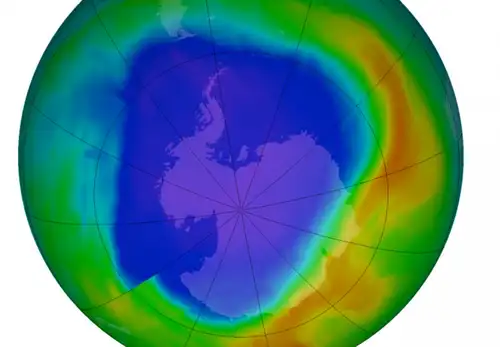
The ozone layer in Antarctica

Antarctica’s Hourglass Dolphin
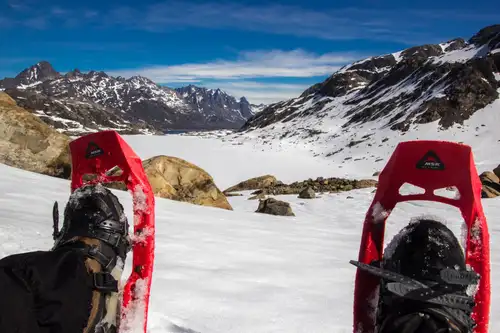
Five Reasons Why Snowshoeing is a Perfect Polar Activity

The Seven Best Things to Do in Antarctica
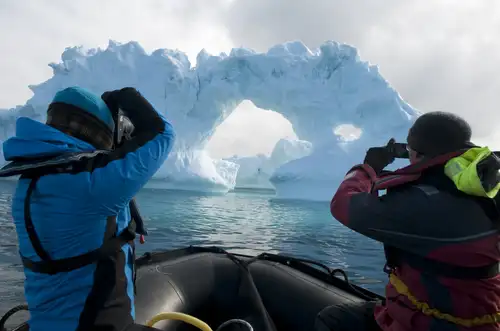
Under the Greenland Ice Sheet
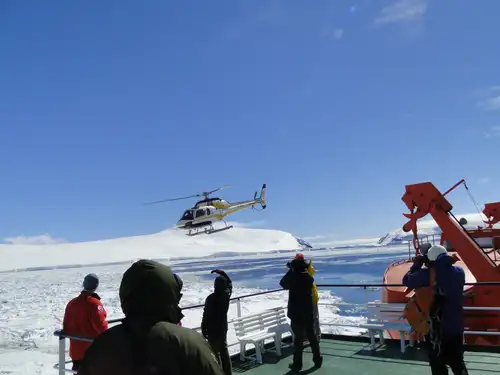
The Wonderful Weddell Sea: Places, Pics, and Impressions

Seven Frightfully Fun Polar Ghost Stories




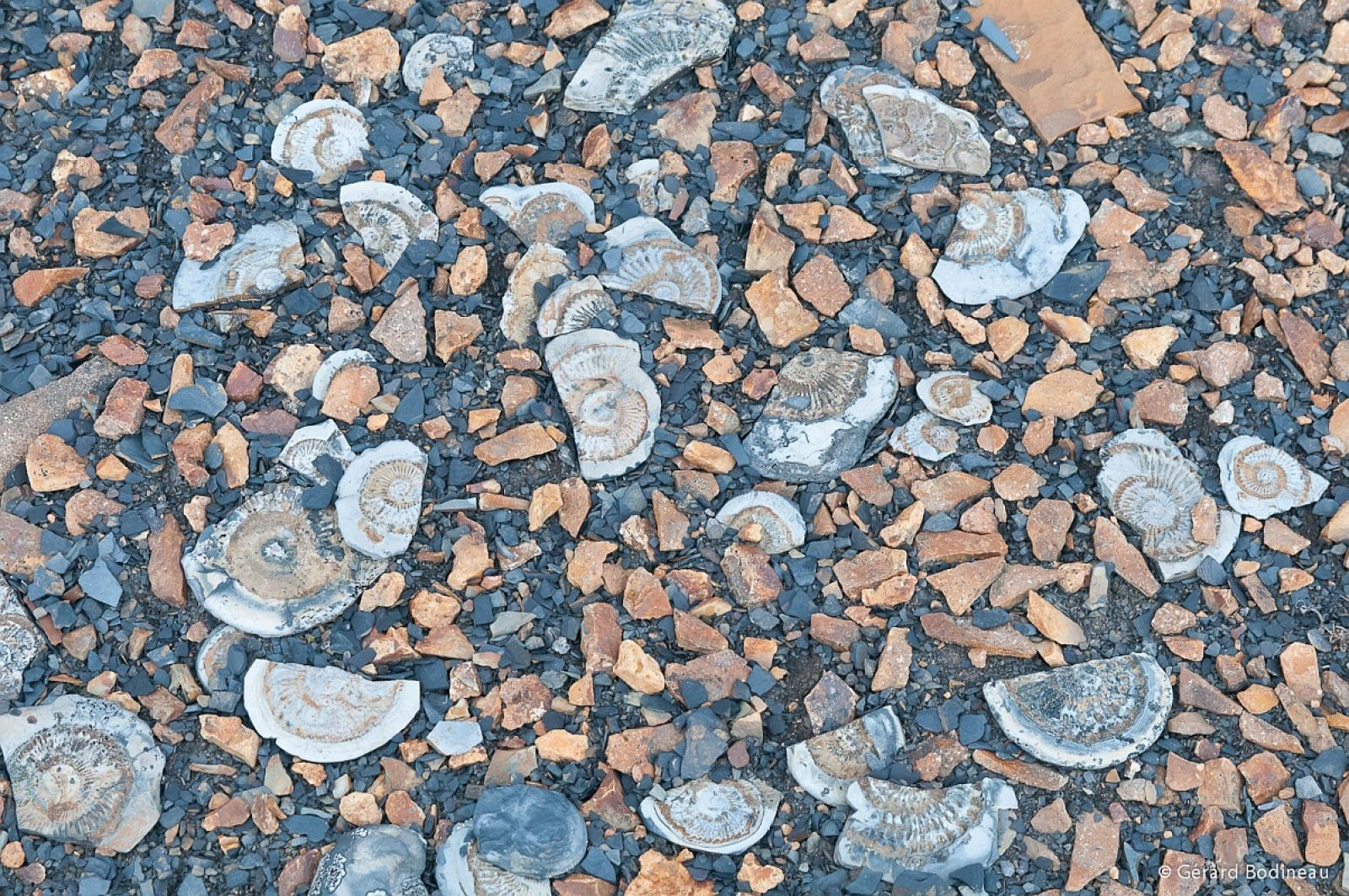

 8 Days / 7 Nights
8 Days / 7 Nights
